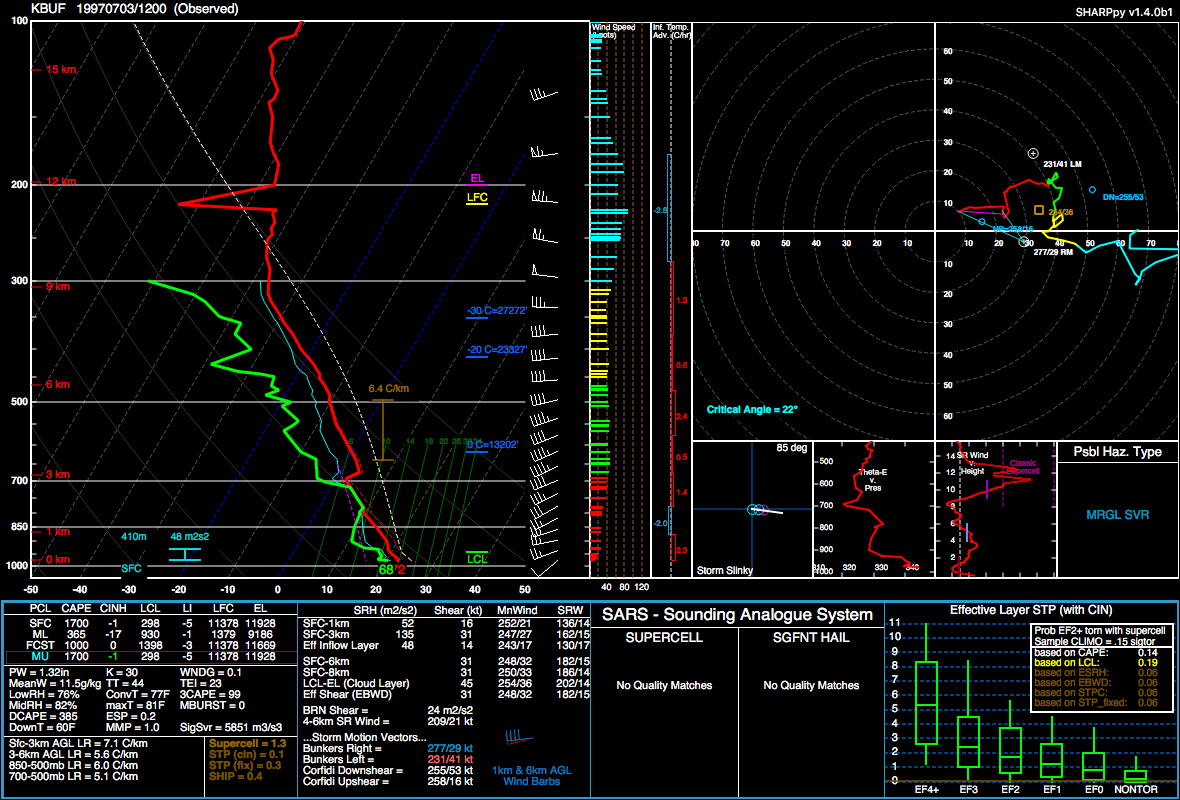Figure 1 depicts the surface observations at 8:00 am EDT, which shows a low pressure over the Great Lakes with a cold front extending across the northeastern United States. This front became the focus for intense thunderstorms and a tornado outbreak across western Massachusetts throughout the afternoon and evening hours of July 3rd.

Figure 2 depicts the observed sounding for Buffalo, NY at 8:00 am, which is just behind the cold front (Figure 1).

Figure 3 depicts the observed sounding at Brookhaven/Upton, NY at 8:00 am EDT ahead of the cold front. This sounding is the closest we have to depicting the environment in Massachusetts on this day. The environment in Figure 3 is upstream from MA, since we have southerly winds at the time of the sounding, which we could extrapolate to western MA. However, it is worth noting that the profile depicted in Figure 3 is near the coast and very much subject of coastal influences. These profiles were included for informative purposes rather than providing an explanation for this tornado outbreak.

The Charlemont, MA F1 tornado of June 3, 1997 impacted Franklin County in Massachusetts. According to NOAA (2019), the F1 tornado caused no fatalities or injuries, but caused $50 thousand dollars in property damage. The tornado touched down in the eastern part of Charlemont at 6:58 pm EDT. The tornado travelled for 8.5 miles and had a maximum width of 100 yards to lift in Colrain.

Sources
NOAA Central Library. (2020). U.S. Daily Weather Maps. Thursday June 3, 1997 [PDF]. Retrieved from https://library.noaa.gov/Collections/Digital-Collections/US-Daily-Weather-Maps
NOAA National Centers for Environmental Information (2020). Storm Events Database. Retrieved from: https://www.ncdc.noaa.gov/stormevents/

